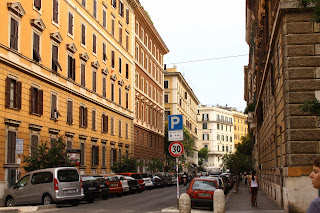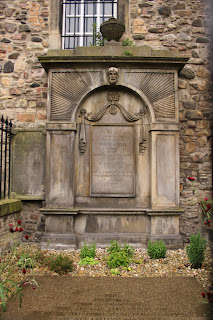photo Brian Venden Brink
Eisenman House II
Peter Eisenman’s House II is on the block.
For a mere $2,800,000 you can own this 3 Bedroom, 3 Bath 2,554-square-foot 20th century architectural icon that was built in the late 1970s. The house sits on 110 acres; there is also a 4-stall horse barn with a studio apartment upstairs.
Not only does the house have impeccable credentials – Eisenman routinely appears on lists of the “World’s Top 10 Living Architects,” -- it has been fully restored. The current owners, John and Lydia Makau, bought a ruin in 2000 that had been on the market for 10 years, and they painstakingly brought it back to life, as Gwenda Blair vividly describes in a NY Times article with the header “House Proud: A White Elephant Restored.” http://www.nytimes.com/2002/10/10/garden/house-proud-a-white-elephant-reincarnated.html
House II, Patio
House II, which is located in Hardwick, Vermont, is one of a series of ten houses that Eisenman designed early in his 5-decades-long career. The houses, which challenged every commonly held notion of “house” and “home,” catapulted Eisenman to architectural fame and, many would add, notoriety, as the houses had “confrontational” details like bedrooms separated by half-walls and large openings in the floors without railings or grates to prevent falling through.
Photo Cynthia Davidson
In the years since he designed the houses, Eisenman’s own ideas on this subject have dramatically changed, as I discovered in an interview last spring: http://www.katherinesalant.com/columns/column268.html
For more info on the House II real estate listing and more pics: http://www.weichert.com/35620012









































